Dixie, The 4 Paw Declawed Cat That Was Saved From Being Euthanized
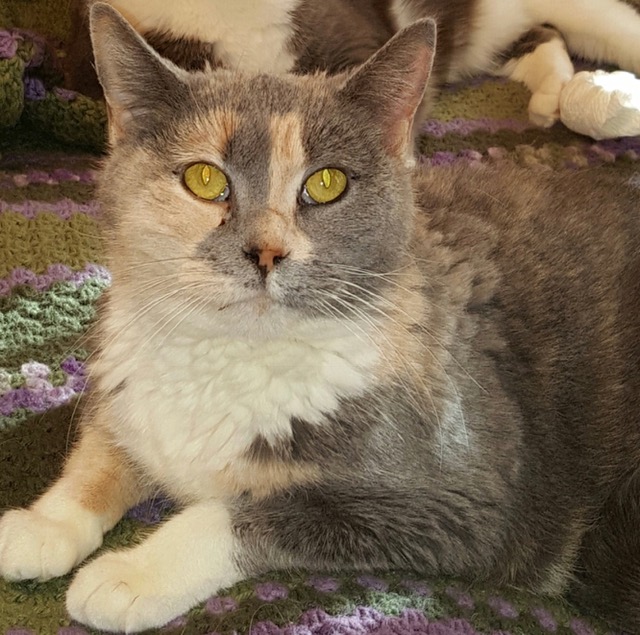
Here is an update about Dixie the kitty who was relinquished by her owners to Tails Humane Society because of behavioral issues from her four paw declaw and was to be euthanized yesterday. Good news!!! She has a second chance in life!
Tails Humane Society said that Dixie is not going to be euthanized! She has to recover from a bad upper respiratory infection and needs dental work before she can be taken out of this shelter.
There are two rescues who want to get her out of the shelter and into a good home.
Amputating 10 Cat Toes Is No More Painful Than A Neuter – NJVMA SpokesVet
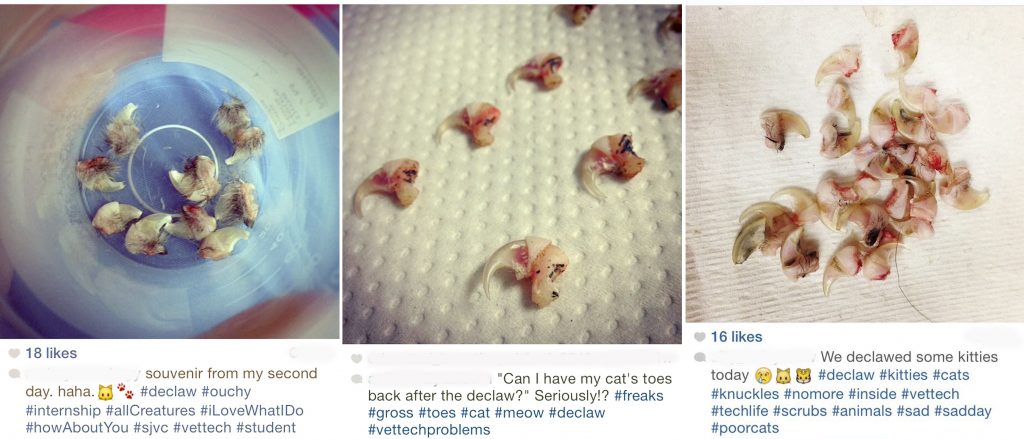
When cats start walking on their balls then we will start believing the NJVMA’s spokesvet Dr Yurkus and his animal hospital that declawing isn’t more painful than neutering.
Meanwhile, the American Association of Feline Practitioners’ policy on declawing states:
“Physically, regardless of the method used, onychectomy causes a higher level of pain than spays and neuters. Patients may experience both adaptive and maladaptive pain; in addition to inflammatory pain, there is the potential to develop long-term neuropathic or central pain if the pain is inadequately managed during the perioperative and healing periods.” [AAFP Policy Statement on Declawing, 2007.]
How The NJVMA’s Past President Lied To New Jersey Legislators in His 2016 Testimony About Declawing
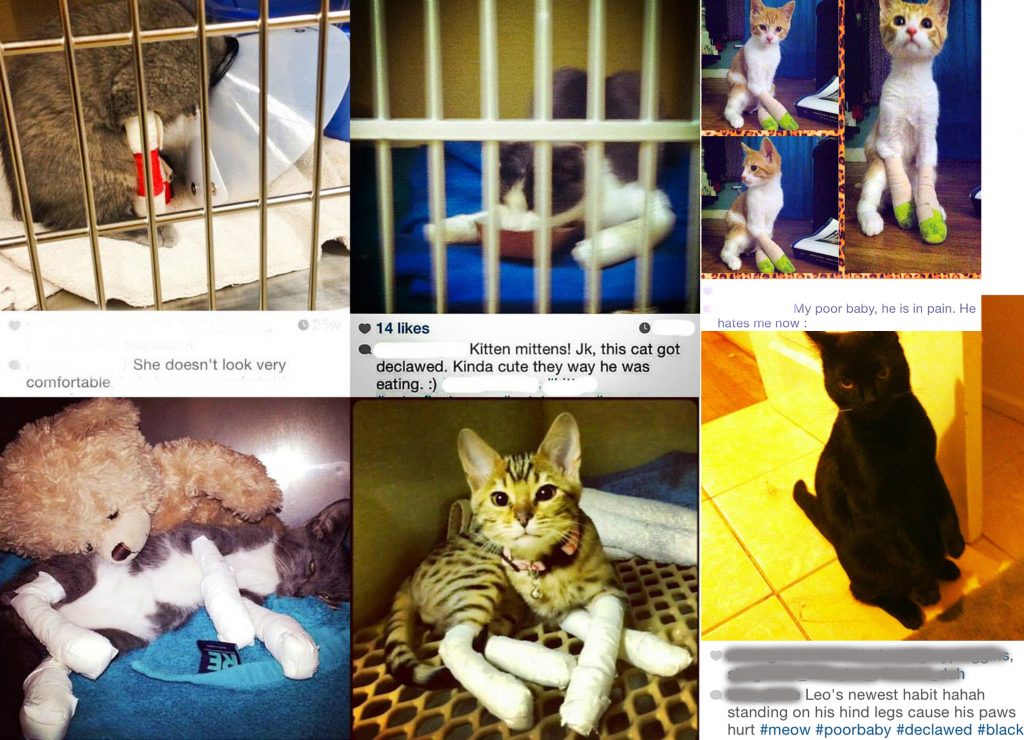
February 2023 Update. Dr Michael Yurkus, 2017-18 President of the New Jersey Veterinary Medical Association, is still declawing cats according to an employee at his hospital, Middletown Animal Hospital. An employee at this hospital said that declawing is a very painful elective procedure like if a human is getting plastic surgery. Researcher asked if it […]
Do The Right Thing Cornell Feline Health Center
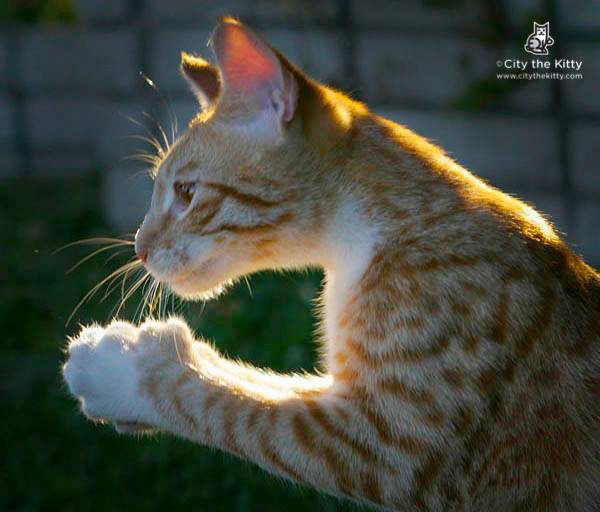
Regarding Mrs Rhoda Hogan’s $125,500 bequest to Cornell. Cornell said that they used $100,000 to make 6 short videos. Cornell said that $25,500 has been sitting in a Feline Health Center account all these years and say their, “current leadership intends to use the funds to support novel public outreach efforts to encourage non-surgical alternatives to declawing. They are actively evaluating the most effective means for carrying out this plan.”
NJVMA Spokesvet Dr Mike Yurkus Defends Cat Declawing With Big Fat Lies To Legislators
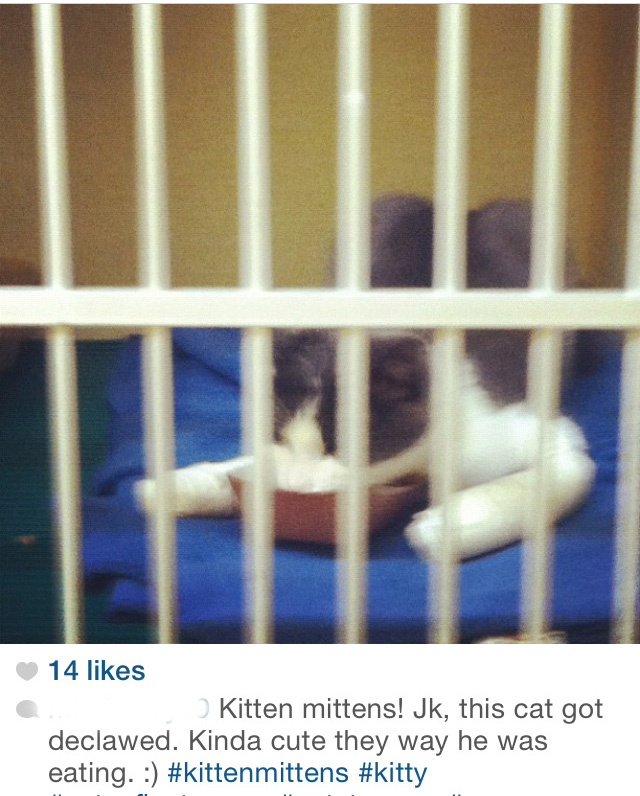
Dr Mike Yurkus, NJVMA board member, said, “It is incorrect that the last bone of the finger is removed. It is the nail bed. The claw bed is removed and the tendons are detached. Bone is not removed. We do not cut bone.”
FACT- Declawing is always the amputation of the last bone that the cat’s claw is attached to. Many of the New Jersey veterinarians, including one of the NJVMA board members practice Oradell Animal Hospital, in my study, uses the old school clipper method, which often cuts just part of the bone off and the cats are left with painful bone chips in their paws.
The AVMA, Declawing & Cigarettes. Lies and deception.
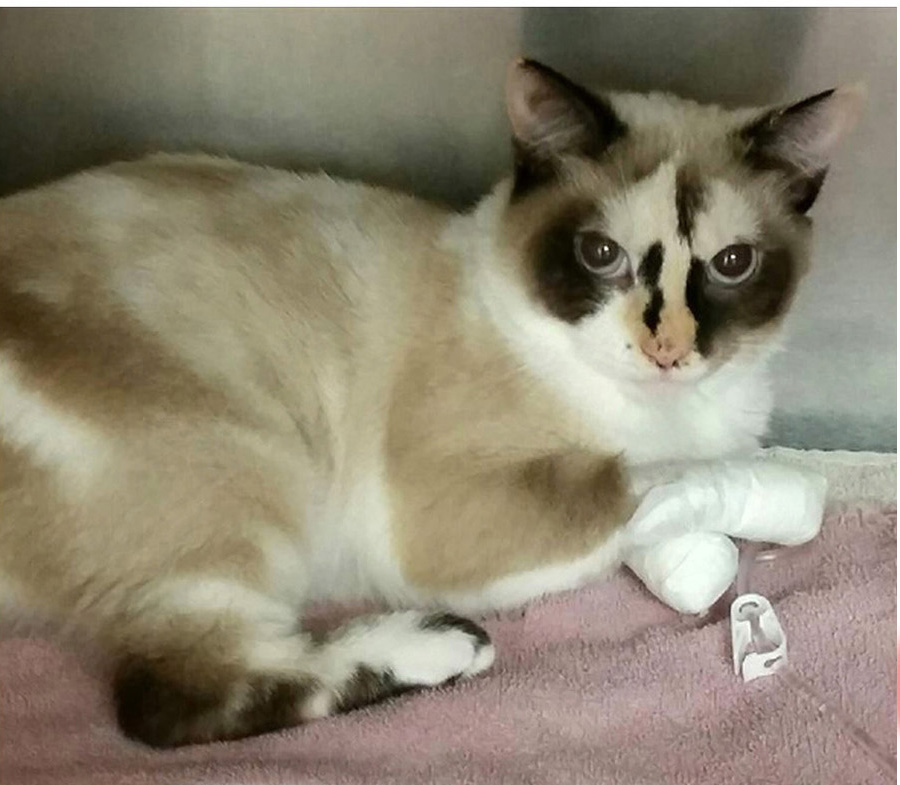
Just like the tobacco companies did in the 30’s and 40’s for smoking, the veterinary profession started deceiving cat owners in the 50’s to believe that declawing was humane.
The veterinary associations and pro-declaw veterinarians are still perpetuating these lies and deception about declawing so that they can keep making money from this very inhumane procedure.
DECLAWING, EDUCATE, ANIMAL AB– USE, LICENSED VET, LAW, REPORT
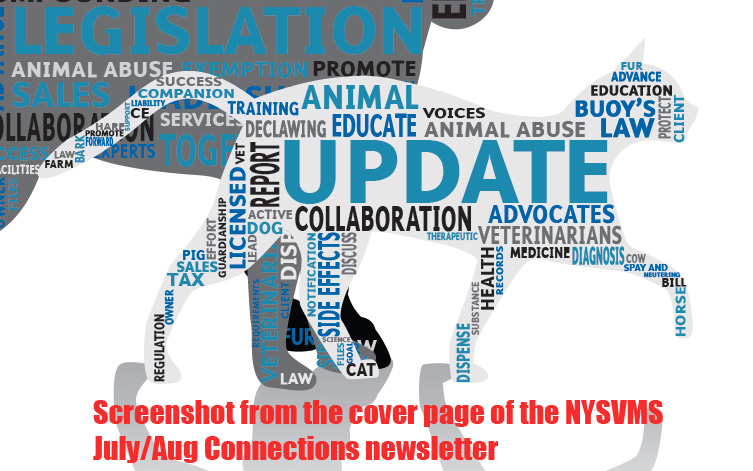
Let’s thank the NYSVMS for reminding us that we must use our VOICES and EDUCATE the public and CAT OWNERS that DECLAWING is ANIMAL AB– USE and that we must protect all cats from LICENSED VETs who are doing this mutilating and inhumane procedure!
AVMA Veterinarian in IL deceives Clients About Declawing
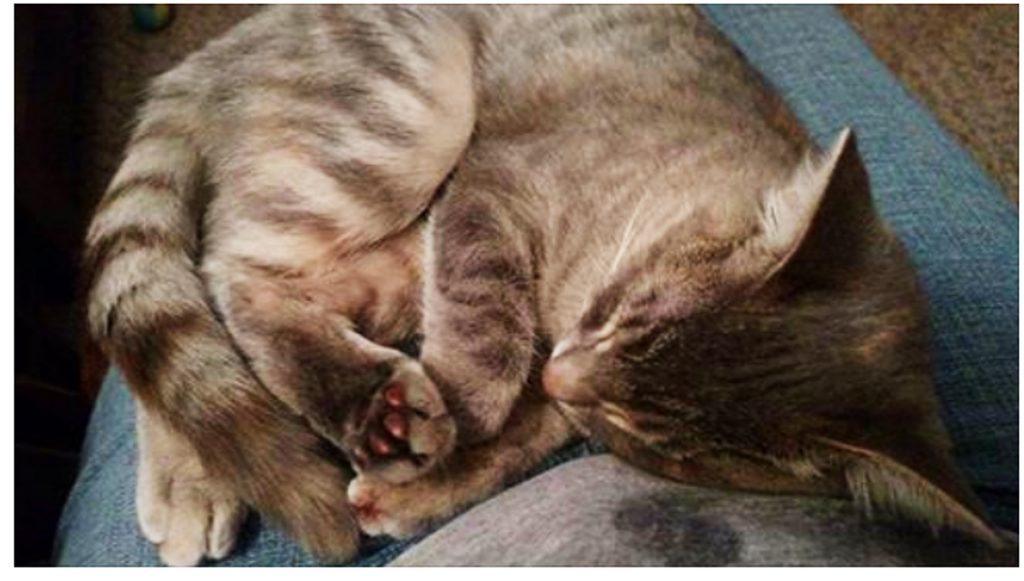
It is OPTIONAL to get any pain meds for your cat and their declaw surgery. The only reason we declaw the back is if they have leather (furniture) and they are totally destroying them or if someone is on a blood thinner. But typically if they are just scratching at something , declawing the front two work out just fine.”
Pet Owners Can Dictate Vet Medicine As Long As Vets Make Money From It
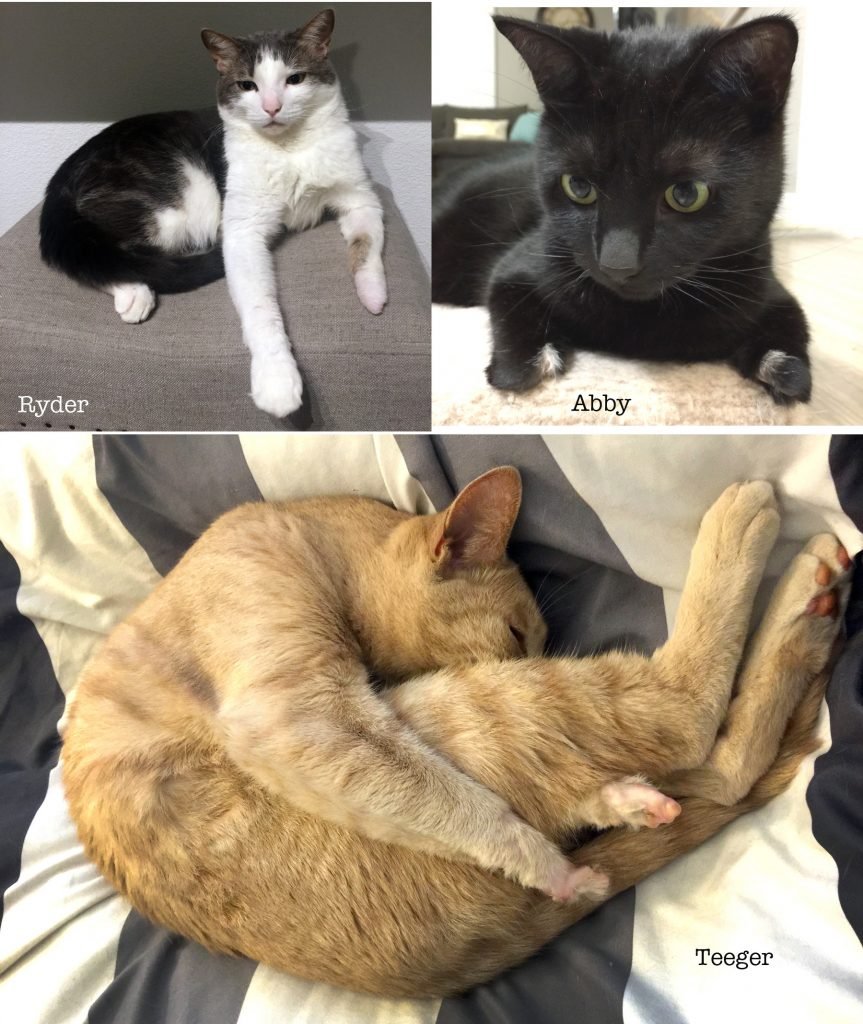
AAHA’s reason they don’t have any declawing standards. “It is up to the pet owner to make the decision that is right for his or her pet. While veterinarians are there to help counsel a pet owner on a possible course of action, the ultimate decision maker is the pet owner. Part of being a responsible pet owner is being an advocate for your pet and making the choice that is in their best interest – while a veterinary hospital is a partner in that choice, it is not their choice to make at the end of the day.”
4 Paw Declawed and Dumped Cat
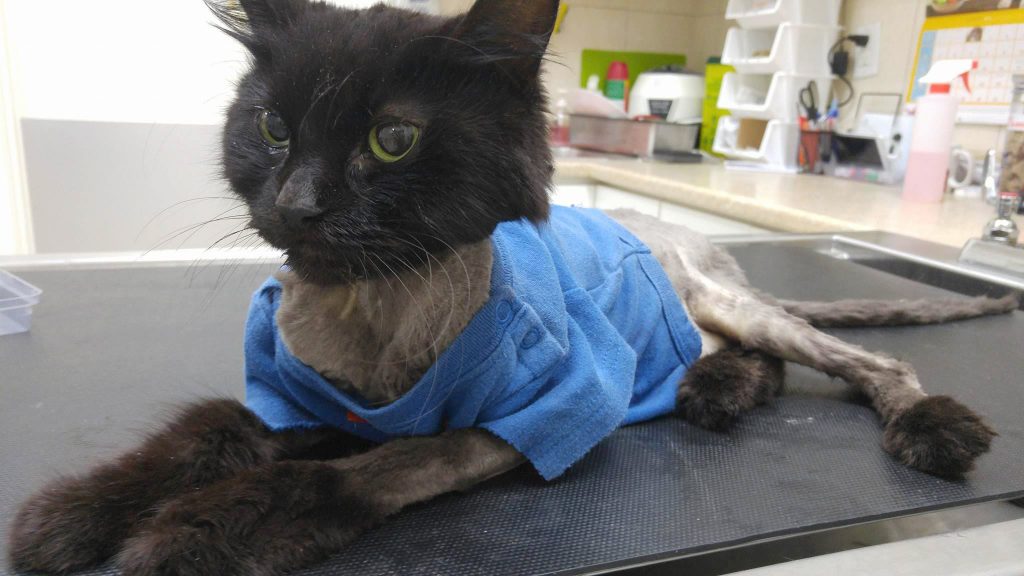
The cat was dehydrated, emaciated, declawed on all four paws (she must have been out there for weeks with absolutely no way to defend herself nor to catch anything to eat), and covered in burrs and sores caused by the burrs.
She could hardly walk and it appeared that her paws were still in pain.
